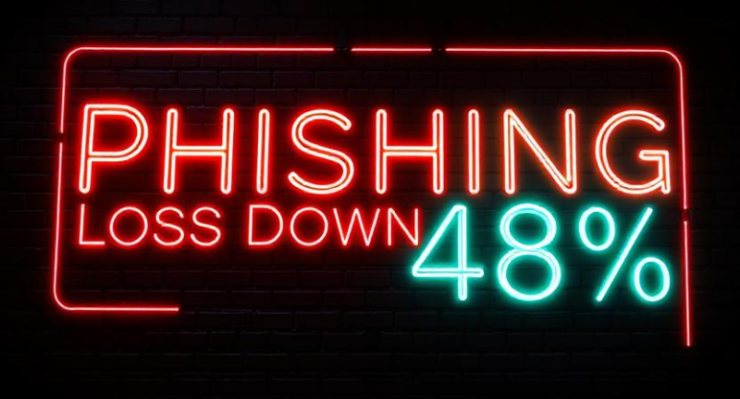Losses from crypto phishing scams plummeted nearly 50% in February, but high-value frauds continued to drain millions from victims, according to new data. Analysts at ScamSniffer reported that phishing-related losses totaled $5.32 million for the month, down from $10.25 million in January and $23.58 million in December. This marks the third consecutive month of declining losses, yet targeted scams still resulted in significant individual thefts.
ScamSniffer’s latest research, posted on X, revealed that 7,442 victims fell prey to phishing scams in February, a drop from 9,220 in January. Analysts emphasized that while overall losses have decreased, attackers continue to find ways to exploit unsuspecting crypto holders through sophisticated scams.
High-Value Attacks Still Devastating Victims
Despite the overall decline in phishing-related losses, February saw several large-scale attacks. Address poisoning, a scam where fraudsters manipulate transaction histories to trick victims into sending funds to fraudulent addresses, accounted for the highest single loss at $771,000 in Ethereum (ETH).
A permit scam drained $611,000 from another victim, while unrevoked phishing approvals on the Binance Smart Chain (BSC) led to a $610,000 loss. Additionally, an “IncreaseApproval” attack, which tricks users into unknowingly expanding token spending limits for malicious contracts, resulted in a $326,000 theft.
ScamSniffer analysts also highlighted a case where a victim lost $607,202 due to a phishing approval signed 385 days earlier. The firm advised crypto holders to revoke old approvals when gas fees are low to mitigate future risks. “Low gas fees? Perfect time to REVOKE OLD APPROVALS!” ScamSniffer posted on X.
Phishing Losses Decline Amid Heightened Awareness
The steep drop in phishing-related losses suggests a possible increase in security awareness among crypto users. ScamSniffer’s analysts noted that while February’s numbers indicate a positive trend, it does not necessarily mean that phishing scams are becoming less dangerous. “Third consecutive month of decline, but don’t let your guard down,” the firm warned in its post.
Security experts speculate that improved awareness, stronger security measures, and community-driven education campaigns may be contributing to the downturn. However, the persistence of high-value scams indicates that bad actors are refining their methods rather than abandoning phishing altogether.
Crypto Losses Still Sky-High Amid Exchange Breaches
Although phishing scams accounted for a fraction of the total crypto-related losses in February, broader figures show a grim outlook for digital asset security. A report from blockchain security firm Immunefi found that total crypto losses for the month reached $1.53 billion, largely driven by a $1.46 billion breach at crypto exchange Bybit. This single incident accounted for the overwhelming majority of stolen funds, making it one of the largest hacks in crypto history.
Beyond Bybit, stablecoin bank Infini suffered a $49.5 million exploit. Other significant losses included attacks on zkLend and Ionic Money, which lost $9.5 million and $8.6 million, respectively. While phishing scams saw a significant decline, these major security breaches underscore the ongoing vulnerabilities in the crypto sector.
With high-value scams still in play, ScamSniffer urged crypto holders to take proactive measures to protect their assets. The firm recommended installing anti-scam browser extensions, verifying all transaction signatures, and routinely revoking unused approvals to limit exposure to potential phishing threats.





